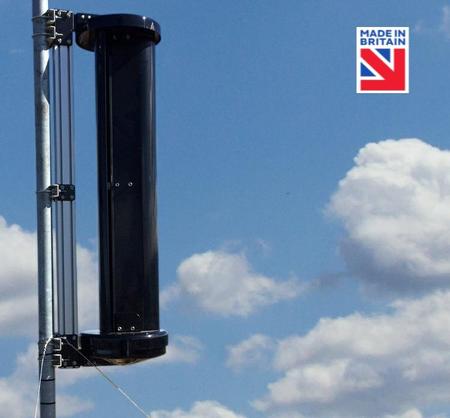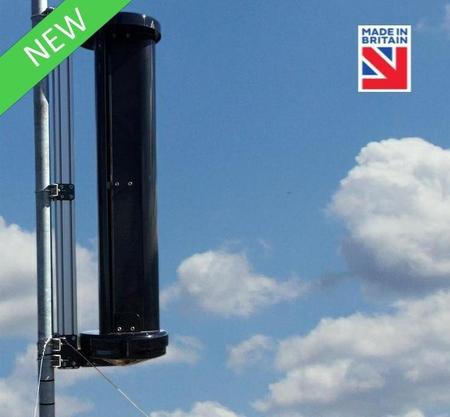Blog
Unique Applications of Personal Wind Turbines in Sustainable Living
As the quest for sustainable living advances, innovative solutions are becoming essential in reducing our carbon footprint and harnessing renewable energy. Among these solutions, the Personal Wind Turbine emerges as a game-changer. This compact and efficient technology not only allows individuals to generate their own electricity but also promotes a deeper connection to energy production and consumption. By integrating personal wind turbines into our daily lives, we can contribute to the larger movement towards sustainability while enjoying the benefits of clean energy.
In this blog, we will explore the unique applications of Personal Wind Turbines, showcasing how they can be incorporated into various aspects of life—from urban settings to rural homes, and even in mobile living situations. We'll delve into creative and practical uses, considering how this technology empowers individuals to take control of their energy sources, encourages greener lifestyles, and ultimately benefits the planet. Join us as we unveil the potential of personal wind turbines in revolutionizing the way we live sustainably.
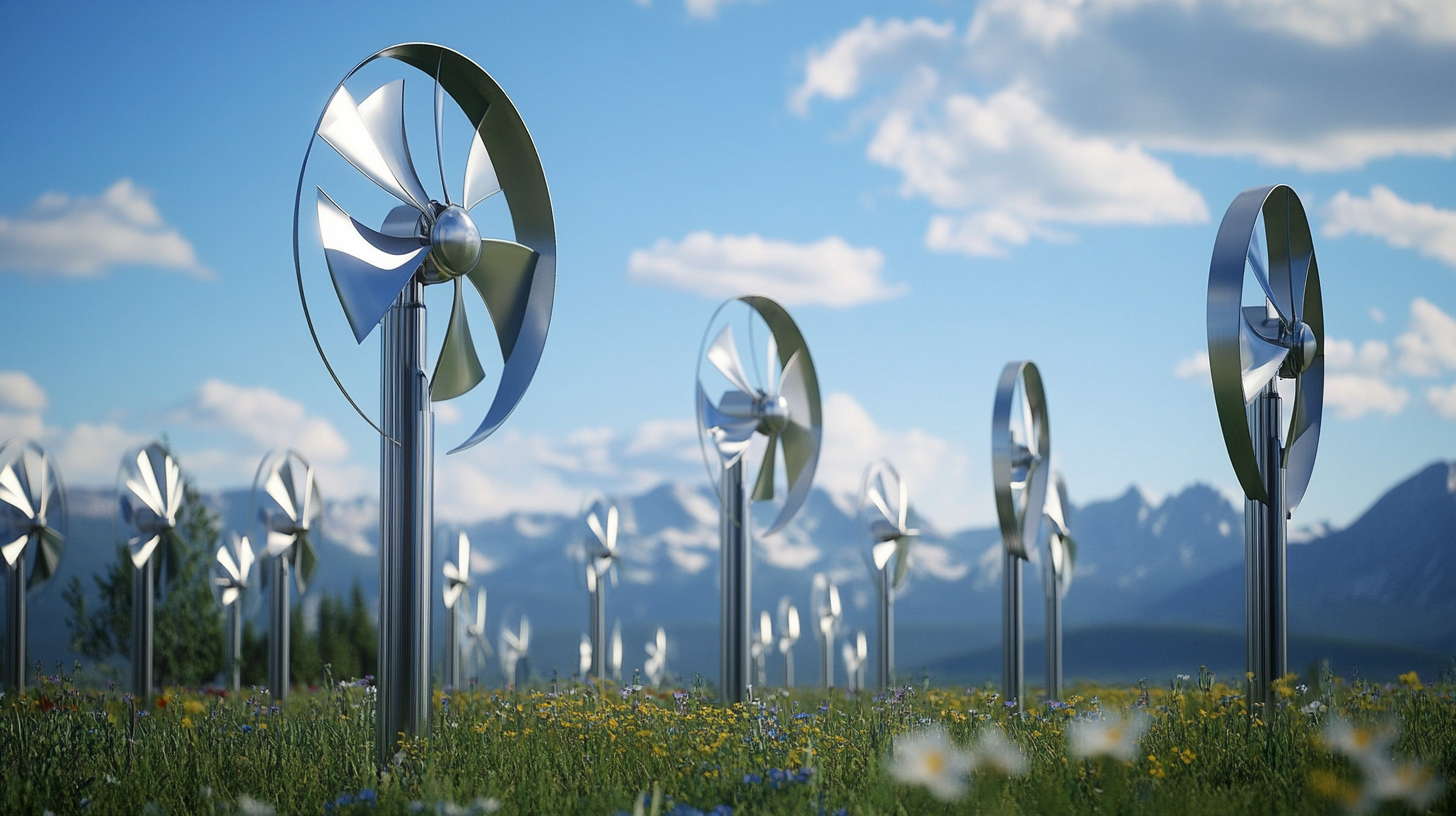
Innovative Ways Personal Wind Turbines Can Power Your Home
Personal wind turbines are becoming increasingly popular as a sustainable energy solution for homeowners looking to reduce their carbon footprint. These compact and efficient devices can be installed on residential properties, harnessing wind energy to generate electricity. One innovative way they can power your home is by integrating them into smart home systems. By connecting a personal wind turbine to smart meters and energy management systems, homeowners can easily monitor energy production and consumption, optimizing their usage for maximum efficiency. Another unique application of personal wind turbines is their use in off-grid settings. For those living in remote areas, where traditional power sources are limited or unreliable, a wind turbine can provide a consistent and renewable power supply. Coupled with battery storage systems, these turbines can store excess energy generated during windy periods, ensuring that households have access to electricity even during calm days or at night. Moreover, personal wind turbines can be creatively incorporated into urban environments. Rooftop installations on residential buildings not only save space but also contribute to the urban landscape by turning underutilized areas into energy-generating sites. Some innovative designs blend seamlessly with architectural features, allowing homeowners to maintain aesthetic appeal while enhancing their energy independence. As more individuals embrace sustainable living, the integration of personal wind turbines in various contexts will continue to evolve, offering fresh possibilities for clean energy adoption.
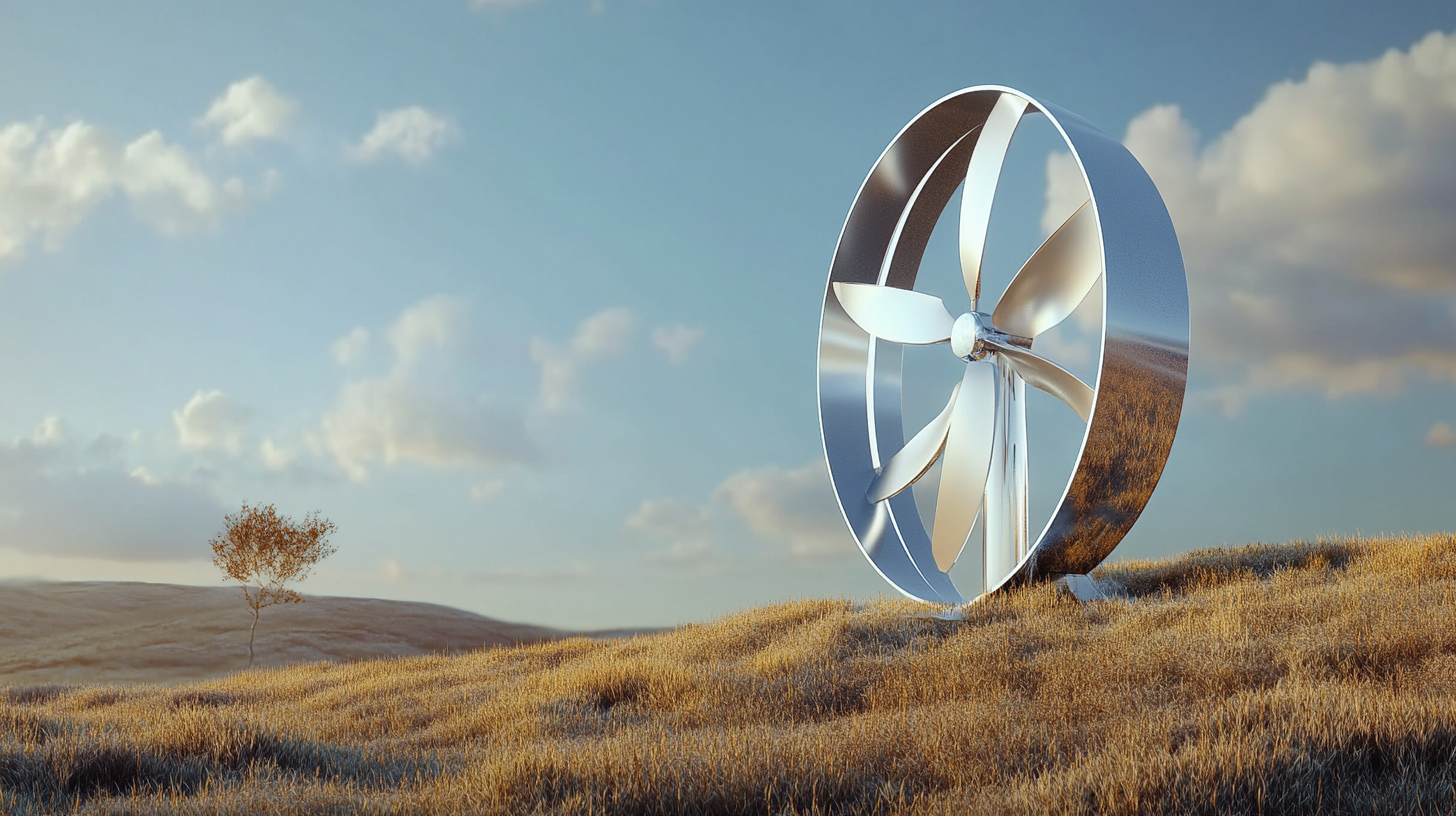
Harnessing Wind Energy for Off-Grid Living: A Practical Guide
Harnessing wind energy for off-grid living presents an exciting opportunity for individuals seeking sustainable solutions. Personal wind turbines, with their growing efficiency and affordability, are becoming a viable option for those aiming to reduce their reliance on traditional energy sources. According to the U.S. Department of Energy, small wind systems can provide up to 90% of the energy needs for an average household, depending on wind resources and turbine size. This potential can transform how we power our homes, especially in remote locations where grid access is limited.
When integrating personal wind turbines into off-grid living, several factors contribute to their effectiveness. The optimal placement of turbines, typically in locations with consistent wind speeds averaging 10-15 mph, can significantly increase energy production. The Global Wind Energy Council reported that advancements in turbine technology have led to increased efficiency, allowing smaller models to generate substantial energy output even in lower wind conditions. This accessibility makes it easier for homeowners to implement sustainable practices in their off-grid lifestyles.
In addition to the energy benefits, employing wind turbines can also contribute to significant cost savings. The National Renewable Energy Laboratory (NREL) estimates that homeowners can recover the investment in a residential wind system within 6-10 years, primarily through lower utility bills and available tax incentives. Moreover, as the global shift toward renewable energy continues, embracing personal wind turbines not only supports individual sustainability efforts but also contributes to a larger commitment to reducing carbon footprints and combating climate change.
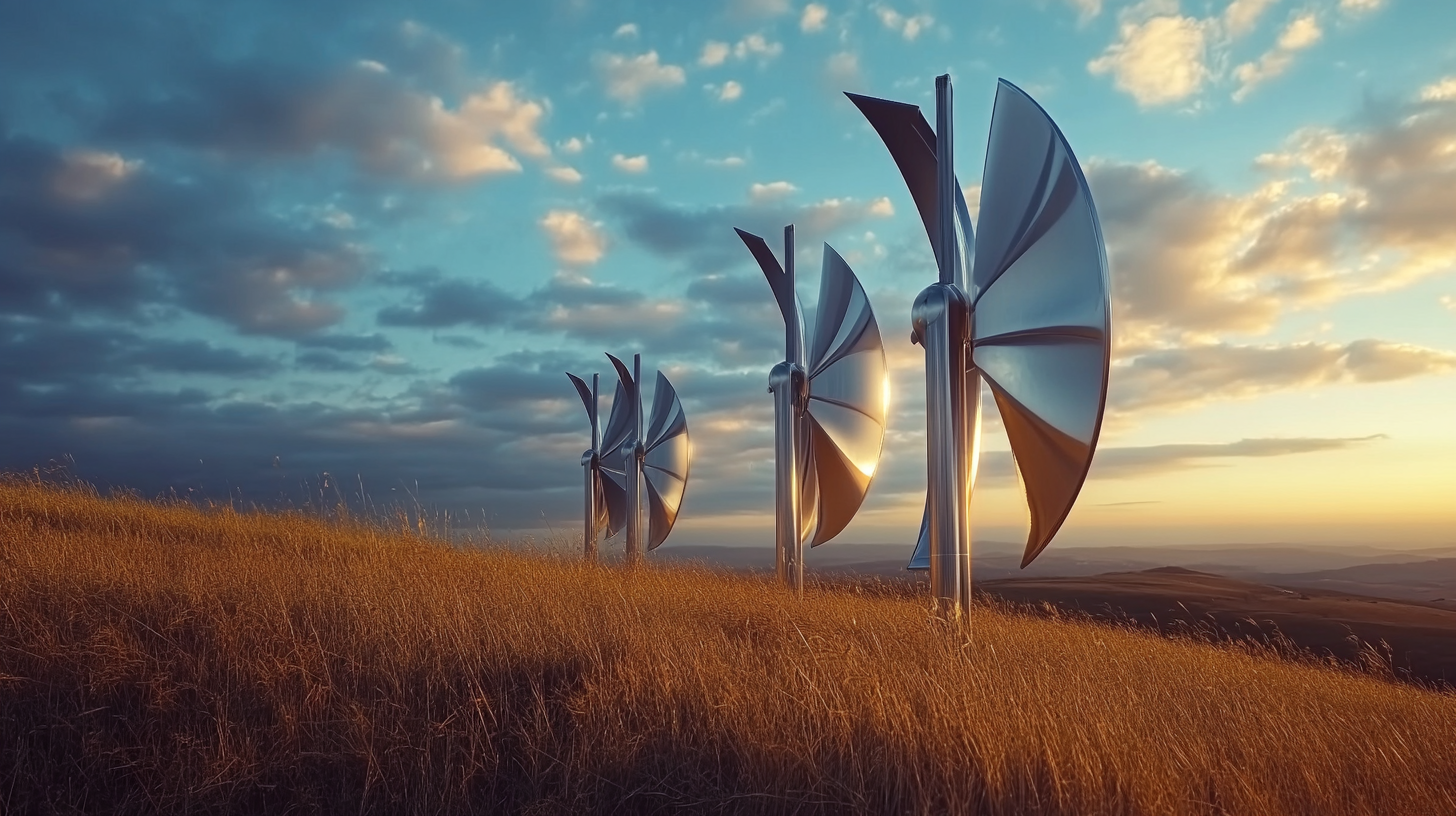
Enhancing Urban Sustainability with Compact Wind Turbines
The integration of compact wind turbines into urban landscapes is proving to be a transformative approach to enhancing sustainability in cities. As urban populations continue to swell, the need for renewable energy sources becomes increasingly urgent. Personal wind turbines, which can be installed on rooftops or balconies, allow residents to harness wind energy right from their homes, thereby decreasing reliance on traditional power grids. This innovation not only empowers individuals to contribute to cleaner energy production but also plays a crucial role in reducing urban carbon footprints.
In densely populated areas where space is at a premium, compact wind turbines are designed to be efficient and unobtrusive. Their small size and low noise operations make them ideal for urban environments. By capturing wind power in areas where it might have been previously overlooked, these turbines encourage a distributed energy model. This decentralized approach can result in increased energy resilience for cities, allowing neighborhoods to generate and manage their own power supplies, which is particularly advantageous during energy shortages or outages.
Beyond energy production, personal wind turbines can foster a sense of community engagement around sustainability. Residents who invest in these technologies often become advocates for renewable energy, inspiring their neighbors to explore similar solutions. This collective movement can lead to larger community projects, such as shared energy systems or local sustainability initiatives, creating a ripple effect of ecological awareness. As cities work towards ambitious sustainability goals, the adoption of compact wind turbines may just be the key to achieving a greener urban future.
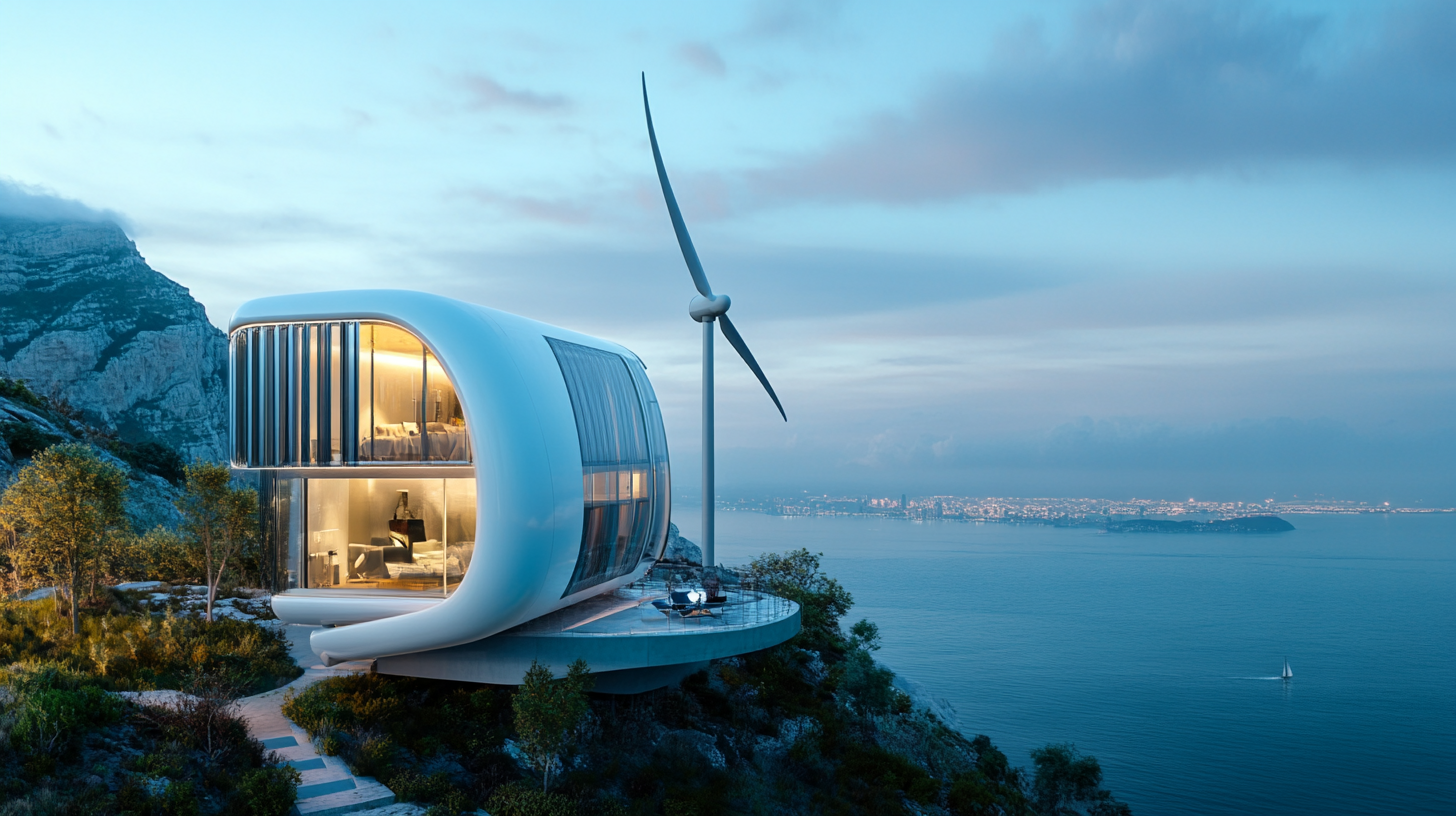
Integrating Personal Wind Turbines into Eco-Friendly Landscapes
Integrating personal wind turbines into eco-friendly landscapes presents a revolutionary step towards sustainable living, enabling homeowners to harness renewable energy while minimizing their environmental footprint. Recent studies indicate that residential wind energy can contribute significantly to a household’s energy needs. According to the U.S. Department of Energy, the average small wind turbine can generate between 400 to 1,000 kWh per month, potentially providing 40% to 90% of an average home’s electricity usage depending on wind conditions and turbine size.
Landscaping plays a vital role in the efficiency of personal wind turbines. Strategically positioning these turbines within a thoughtfully designed natural setting can enhance their energy output while maintaining aesthetic values. The National Renewable Energy Laboratory (NREL) suggests that incorporating natural windbreaks, such as trees and hedges, can reduce turbulence and increase wind flow, which is essential for optimized turbine performance. By blending these turbines seamlessly into eco-friendly landscapes, homeowners not only promote energy independence but also contribute to the overall health of their environment.
Moreover, personal wind turbines encourage community engagement in sustainability practices. According to recent reports from the American Wind Energy Association, a growing number of neighborhoods are adopting renewable energy solutions, with small-scale wind installations increasing by approximately 15% annually. This trend highlights a collective shift towards greener energy sources, fostering a culture of eco-consciousness and inspiring others to consider the power of wind as a viable alternative to fossil fuels. By integrating personal wind turbines into shared spaces, communities can maximize their sustainable potential while enhancing local biodiversity and environmental resilience.
Economic Benefits of Adopting Personal Wind Turbines for Households
The adoption of personal wind turbines presents significant economic benefits for households, particularly as energy prices continue to climb. According to the U.S. Department of Energy, residential wind energy systems can save homeowners between 50% and 90% on their electricity bills, depending on local wind conditions and energy consumption habits. This financial relief is especially pertinent given that the Energy Information Administration reported a 30% increase in residential electricity rates over the past decade. By harnessing wind energy, families can mitigate the financial burden of utility costs, making personal turbines a compelling investment for sustainable living.
Moreover, personal wind turbines can provide an additional source of income through net metering programs. Many states encourage renewable energy production by allowing homeowners to sell surplus energy back to the grid, effectively turning energy consumers into sellers. According to a report from the National Renewable Energy Laboratory, households that implement small-scale wind systems could recover their initial investment within five to twenty years, depending on system size and state incentives. As technological advancements lead to more efficient and cost-effective wind turbines, the economic viability of these systems continues to improve.
Another aspect to consider is the long-term resilience personal wind turbines offer against fluctuating fossil fuel prices. With the global push toward cleaner energy sources, households investing in wind energy not only secure a stable energy supply but also contribute to reducing greenhouse gas emissions. A report by the American Wind Energy Association highlights that every megawatt of installed wind energy capacity reduces carbon dioxide emissions by approximately 1,500 tons annually. By going one step further and incorporating personal wind turbines, families not only enhance their financial stability but also make significant strides in promoting environmental sustainability.
Tell us about your project
Our Off-grid experts will come back with recommendations





